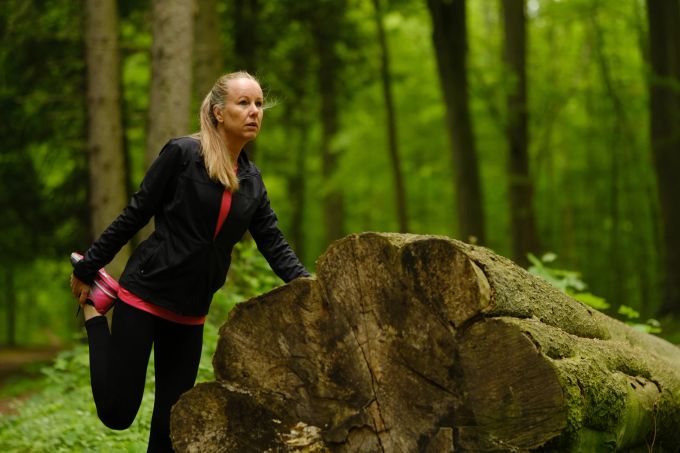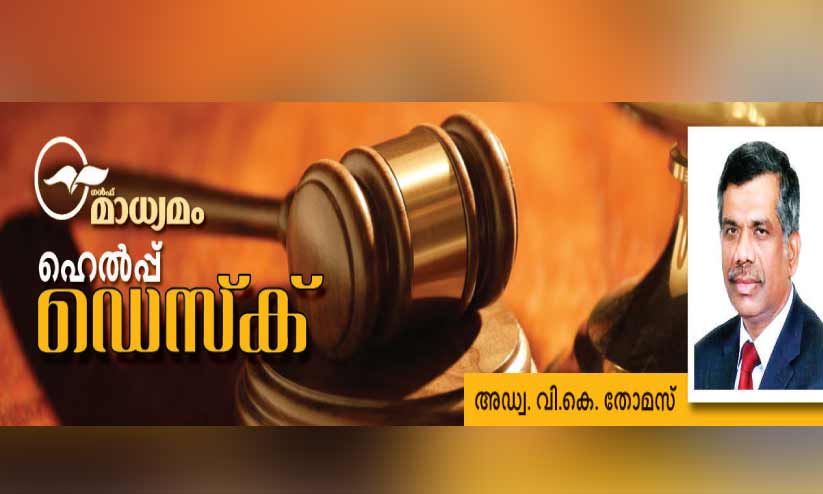Full performance has not yet returned: those who have had the Corona wonder how training can restart. Two sports doctors give advice.
A.D
the essentials in a nutshell
- After a corona infection, you should slowly get back into training.
- Depending on the severity of your symptoms, you should wait three to seven days after being infected.
- Your starting workload should be about 50 percent of your normal workout.
A word on the quick test: boom, the two rounds of running a week are over for now. But how do you go back to training once the corona infection symptoms have subsided and the test is negative again?
The fact is: if you expect too much from your body too quickly, there is a risk of cardiac arrhythmias or inflammation of the heart muscle. So caution matters. Two sports doctors reveal what it could be like.
Why exactly is it so important not to start training too soon?
You first have to take a look at the theory: “A corona infection has two peaks,” says Prof. Martin Halle, an expert in preventive sports medicine and sports cardiology.
The virus enters the body and causes a defensive reaction of the immune system – the first spike. A second phase follows about seven days later. Experts then speak of an “overshooting immune reaction”. The inflammation values, which can be measured in the blood, then rise again.
Behind it are inflammatory processes that take place in the separating layer between blood and vessels – also in the lungs, heart, other muscles.

The problem: “At this point, the test can even be negative again,” says Martin Halle. “If you’re training into these high levels of inflammation, it’s unfavorable.”
However, he has good news for all who have sufficient vaccine protection: “The second phase is much weaker in vaccinated people than in unvaccinated people.”
And another reason why you shouldn’t go back to the running track or the CrossFit course too early: “There may still be sources of infection, so that the disease can recur due to excessive stress,” says Prof. Bernd Wolfarth, a sports doctor.
Incidentally, this applies not only to a Covid-19 infection, but also to other infections such as the flu.
When can I start again?
Martin Halle provides the following rule of thumb: If you have had no or only mild symptoms, you should wait three symptom-free days before starting your first light training session.
For somewhat more severe symptoms such as a cough or fever, he recommends waiting seven days without symptoms.
What if the infection has really knocked you out and your lungs or heart are also affected? So it is better for a doctor to clarify how and when the sport will continue.
How exactly do I deal with the return?
“Safety first” is the advice of Bernd Wolfarth. “The more inexperienced the athletes are, the more careful they should be.”

This is only possible if you put your body’s signals ahead of your training plan. “First you need to get an idea again: how efficient is the body now?” says Bernd Wolfarth.
Not being able to pick up where you left off before you test positive is normal. “You lose much more performance to an infection than if you were on a beach vacation during this time,” says Martin Halle.
The sports doctor has a rule of thumb ready: Start with 50 percent of the workload you were off with before your infection. “If I’ve run ten kilometers before, I’ll start with five kilometers.”
Which sports are particularly suitable?
“The best sports are those that are easy to control in terms of intensity and duration,” advises Bernd Wolfarth.
Means – spinning class, designed for 60 minutes, is less suitable. A unit on the ergometer is best, where you can start with about 20 minutes of easy cycling.
By the way: Sports that do not strain the cardiovascular system are more suitable for recovery. This can be yoga or Pilates class or strength training at the gym.
How do I know I’m taking too much?
The advantage here is for those who follow their heart rate with a smartwatch or fitness tracker and can compare the measured values with those before the infection. “If you need a higher heart rate for the same intensity, that’s a sign,” says Halle.

Other warning signs are pressure in the chest, dizziness or an unstable pulse, “an extra heartbeat that you can actually feel,” as Halle describes it.
All can indicate inflammation of the heart muscle, which is reason enough to get checked out by a doctor.
“It is also better to clear up shortness of breath, which occurs even with minimal effort,” advises Wolfarth. Incidentally, this also applies if the shortness of breath only occurs after exercise or a pronounced dry cough.
More on the topic:

